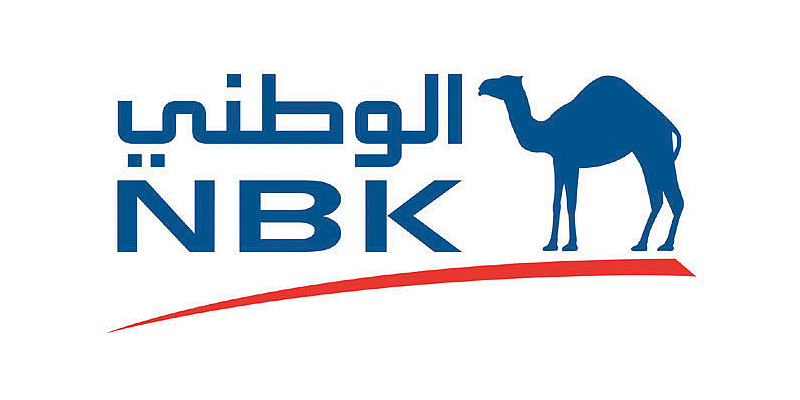Inflation among core items mixed, but mostly lower
KUWAIT: Consumer price inflation rose through 1Q19, finishing the quarter at 0.8 percent y/y from 0.4 percent at the end of 4Q18. However the rise was smaller than we expected and has in fact led us to downgrade our inflation forecast for the full year. Our measure of core inflation, which excludes food and housing, was unchanged, ending the quarter at 1.7 percent. The rise in headline inflation in Q1 was due to base effects following price falls a year ago. Prices still fell month-on-month in two of the first three months of 2019, but the declines were on average smaller than last year.
The overall picture remains one of weak price pressures due to a combination of modest economic growth, continued housing market and food price softness, slow wage growth and a strong exchange rate, which is keeping import prices down.
Housing rents see fresh decline
Deflation in the housing services component (mostly rents) almost halved to -0.6 percent y/y in March from -1.1 percent in December, perhaps supporting the view that challenges in the residential market due to oversupply continue to ease. However rents - which had been steady for a year - fell 0.7 percent m/m in March, hinting that softness in the market may not have fully passed. Although property prices and activity levels have recovered from their lows of 2016-17, rents in the apartment sector, which is important for the consumer price index basket, may be being weighed down by relatively weak demand from the expatriate segment due to recent falls in the number of expat dependents (which may especially affect larger units).
Inflation in the food and beverage segment - a component worth 17 percent of the CPI basket - picked up to a seven-month high but nevertheless remained low at 1.0 percent in March from -0.1 percent in December. The pick-up was due to a largely base effect-driven rise in fish and seafood inflation after a sharp drop a year ago, while deflation in vegetable prices has eased of late. Although slightly more volatile recently, food price inflation has been broadly steady over the past two-to-three years, averaging just 0.1 percent y/y since 4Q16. Key to this has been softness in international food prices, which have trended slightly lower, but volatility also tends to be reduced by various subsidies and price controls.
Developments in the other, core categories of inflation were mixed, with only four out of ten seeing higher inflation in March compared to December. The strongest rises were in the communications (up 1.0 percent to 6.0 percent) and clothing segments (up 0.9 percent to 0.4 percent), the latter only its second consecutive positive month after nine months of deflation. On the other side, there were notable falls in inflation in the miscellaneous (down 0.8 percent to -0.5 percent) and education (down 0.5 percent to 1.9 percent) categories, both due to base effects after price rises last year. Inflation in the miscellaneous category fell due to the personal care subcomponent, which includes jewelry.
Separately, we also note a lack of inflation in the wholesale price index (WPI), which represents wholesale prices charged between businesses (before reaching consumers). WPI inflation eased to just 0.8 percent y/y in March from 1.3 percent in December and has now more than halved from a peak of 1.9 percent last September. These figures are of interest because they can indicate the degree of inflationary pressure in the pipeline - particularly of core manufactured goods. Within the overall total, domestically-generated WPI inflation (0.6 percent) is below imported inflation (1.0 percent), suggesting that weak price pressures are not just due to the relatively strong dinar exchange rate, which has risen over the past year due to the strength of the US dollar to which it is mostly pegged.
Outlook appears benign
Although in our view the outlook for inflation has not fundamentally changed from before, we have lowered our forecast for inflation in 2019 to 1.5 percent from 2.0 percent due to the softer-than-expected outturns in 1Q19 - and an even lower figure is possible. This would still represent an increase from last year's 0.6 percent, as some of the negative factors that weighed on inflation in 2018 gradually unwind. Core inflation is forecast to hover around 2 percent for the rest of this year and average close to last year's 1.9 percent. Upward risks to the inflation outlook would include a fall in the US dollar which led to a weaker dinar (pushing up import prices) and stronger consumer spending due to recent robust loan growth. Downward risks include renewed weakness in housing rents due to lingering vacancies and lower core inflation if economic growth disappoints.
NBK ECONOMIC REPORT


